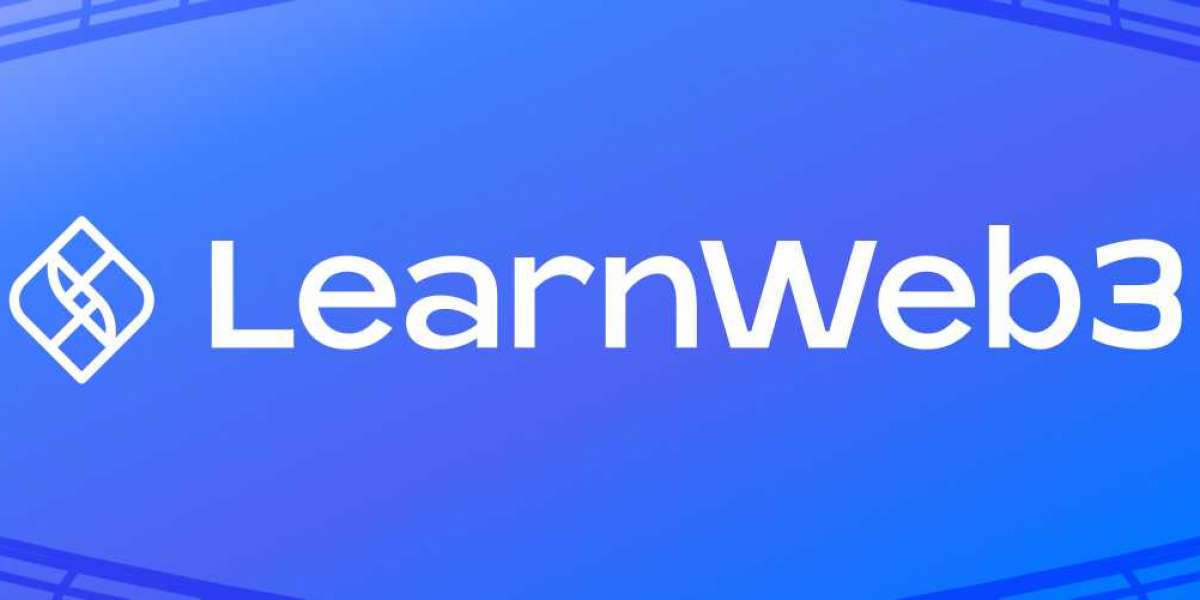Embracing the Decentralized Web Revolution
As the internet continues to evolve, a new wave of technological innovation is upon us. Web3, often referred to as the decentralized web, is transforming the way we interact and transact online. With its underlying principles of decentralization, security, and user ownership, Web3 offers exciting possibilities for individuals and businesses alike. However, diving into the world of Web3 can seem overwhelming at first. Fear not! In this comprehensive guide, we'll walk you through the process of learning Web3 from the ground up, providing you with the necessary tools and knowledge to navigate this new frontier.
How to Learn Web3
Understanding the Basics of Web3
Before diving headfirst into Web3, it's essential to grasp the fundamental concepts that underpin this revolutionary technology. Let's start by answering some common questions to lay a solid foundation.
What is Web3?
Web3 is the next iteration of the internet, designed to empower individuals and foster trust in online interactions. Unlike Web2, where power is concentrated in the hands of a few tech giants, Web3 is built on decentralized networks such as blockchain, enabling peer-to-peer interactions and data ownership.
Why should you learn Web3?
Learning Web3 opens up a world of opportunities. By understanding this technology, you can participate in decentralized finance (DeFi), build decentralized applications (dApps), and explore new business models based on blockchain technology. Moreover, with Web3, you regain control over your personal data and can engage in peer-to-peer transactions without intermediaries.
How does Web3 differ from Web2?
Web3 differs from Web2 in several key aspects. In Web3, users have ownership and control over their data, while in Web2, data is often collected and controlled by centralized entities. Web3 also leverages blockchain technology to ensure transparency, immutability, and security. Additionally, Web3 enables peer-to-peer interactions and programmable smart contracts, revolutionizing how agreements are made and executed.
Navigating the Web3 Ecosystem
Now that we have a solid understanding of the basics, let's explore the Web3 ecosystem and the key components you should familiarize yourself with.
Blockchain Technology
Blockchain technology is at the core of Web3. It is a distributed ledger that records transactions across multiple nodes, ensuring transparency, security, and immutability. To learn Web3, start by understanding the fundamentals of blockchain, including consensus mechanisms, cryptographic principles, and smart contracts.
Cryptocurrencies and Tokens
Cryptocurrencies, such as Bitcoin and Ethereum, are an integral part of Web3. They enable value transfer and incentivize participation within decentralized networks. Familiarize yourself with cryptocurrencies, their underlying technologies, and how to securely store and manage your digital assets.
Decentralized Finance (DeFi)
DeFi is one of the most exciting applications of Web3. It encompasses various financial services, including lending, borrowing, and decentralized exchanges, built on blockchain networks. Dive into the world of DeFi to understand its potential and learn how to participate in this growing ecosystem.
Decentralized Applications (dApps)
dApps are applications built on decentralized networks, offering increased transparency and user ownership. Explore existing dApps to get hands-on experience and consider building your own. Solidity, Ethereum's programming language, is a great starting point for developing smart contracts and dApps.
More info - https://romtos.com/








